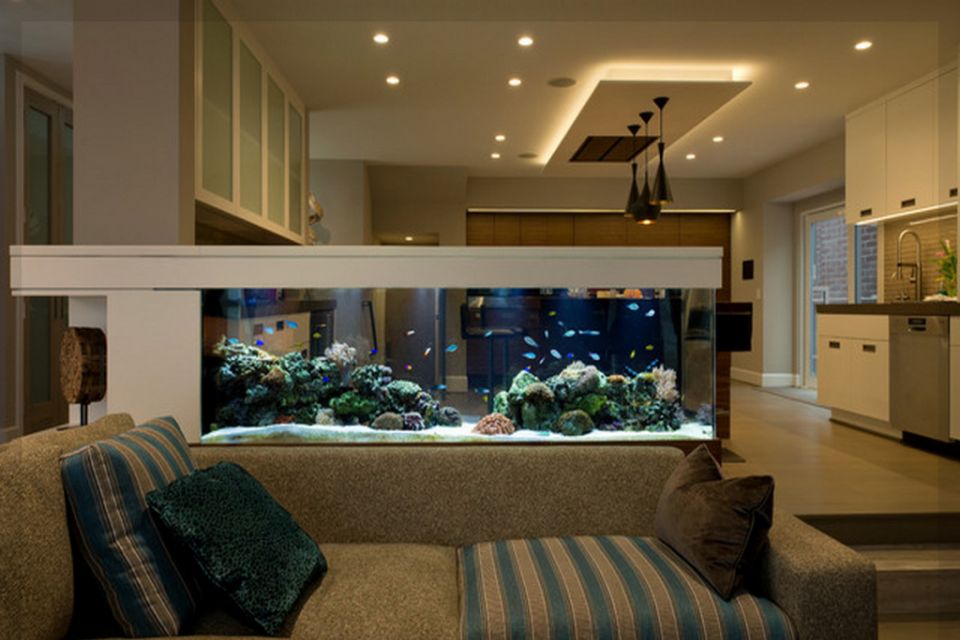Every aquarium owner will quickly ask himself the question: Clean aquarium glass, but how? A slight soiling of the inner pane is quite normal. As a beginner you first have to develop a certain looseness, and accept the problem simple. If, however, there is strong algae infestation and strong soiling, one should check the water values and clean the aquarium windows. One should have an eye on the water values on a regular basis anyway. When cleaning the aquarium glass, always switch off all technical devices that supply the aquarium. Otherwise there is a danger of life-threatening electric shock. As a rule, the glass should be cleaned every 4 to 5 days so that no annoying lime or algae deposits occur in the first place.
When the aquarium is running, cleaning the aquarium discs should be part of the routine. So you always have a clear view of the inner life in the tank and you can enjoy the underwater life – How to clean your aquarium windows without scratching them we show you in the following article.
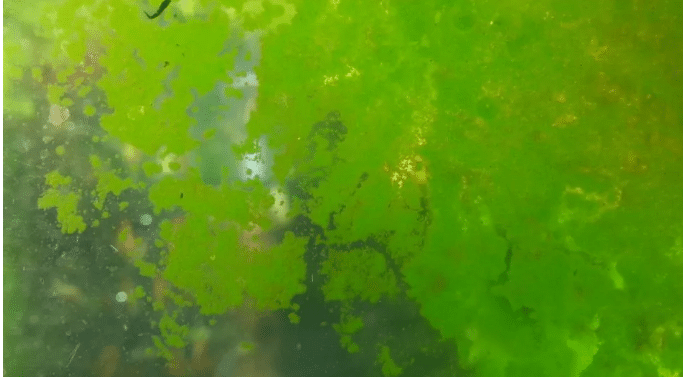
Table of Contents
Why do the aquarium glass get dirty?
Sooner or later lime, algae or dirt will settle on the aquarium discs. Several species of snails, which also feed on algae growing on the aquarium discs, are natural cleaners. However, they do not remove all the dirt that they normally only feed on young algae. Catfish from the family of antenna catfish also help to clean aquarium windows. Their ability to attach themselves to the discs of the aquarium or other objects facilitates their search for food. Catfishes feed on plant and food remains, and on stubborn algae. This keeps the decoration, floor and panes clean. Nevertheless, regular aquarium glass cleaning is necessary and you should never buy the above-mentioned species without exactly coordinating this with the remaining stock of the tank.
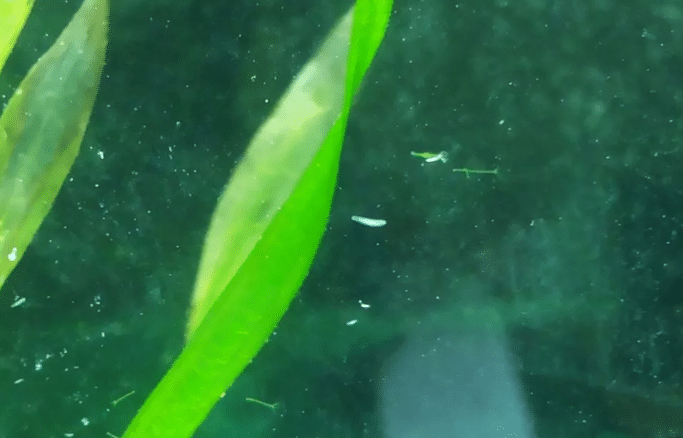
Algae in the aquarium are a big nuisance. Some aquarium owners have given up their hobby because of the annoying algae. However, there are many ways to combat algae and prevent their spread. But what are algae? Algae are a collective term for a huge variety of living creatures. This includes all plants that do not belong to the mosses (horn, liver and leaf mosses) and higher plants (lycopod plants, ferns and seed plants). In addition to microscopically small single-cell organisms or filamentous forms, they also include macroalgae, such as seaweed up to 60 m long. Algae have an important meaning for life on earth. They are present everywhere in our environment in their smallest form, just like bacteria, viruses and other microorganisms. Applied to our aquariums, this means that due to their omnipresence the aquarium can hardly be kept free of algae. Cleaning the aquarium disc should be routine anyway.

Therefore it should be clear to every aquarium owner that algae simply belong to the aquarium. There’s no such thing as an algae-free aquarium. Even the best care and cleaning will not help. There are aquariums, in which optically no algae are to be seen. These are nevertheless to be found in very small form, partly only as unicellular organisms, mostly in the so called biofilm. This is a coating on all surfaces in the aquarium that contains various microorganisms and algae. This is not a bad thing, but very important for the ecological balance in the aquarium. The biofilm also serves as food for many growth-eating animals. Every aquarium keeper should be aware that after the establishment of an aquarium, algae are increasingly formed. It is normal for a newly established aquarium to go through a diatom phase. This is then replaced by a green algae phase. In the long run, however, an aquarium without visible algae is quite possible, even for aquarium beginners. To this end, attention must be paid to certain cornerstones and the causes for the development of algae growth. However, this did not prevent the cleaning of the aquarium glass.
Clean aquarium glass panes without scratching with these aids
Clean old EC/credit card to aquarium Glass pane
In order to be able to clean aquarium windows without scratching, an old EC/ credit card is definitely recommended. One should however make sure that the cards are really clean and not already scratched or broken otherwise these leave unattractive small scratches and holograms when cleaning the aquarium window. It is also important to ensure that no small stones get between the EC card and the aquarium disc. When cleaning the window you finally wipe the card back and forth – if there is a small stone in between, scratches are pre-programmed. Nevertheless, old EC- and credit cards are very suitable to clean the aquarium glass, if a certain caution is required.
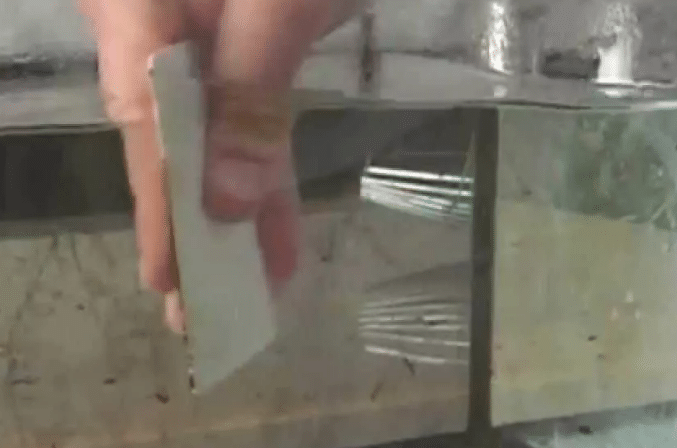
Ice scraper from car to aquarium Clean window
Also ice scrapers from the car are very well suited to keep the aquarium glass clean. As with the EC card, a certain amount of caution must be exercised, as small stones can easily cause scratches, which is very annoying. In addition, the ice scraper should be cleaned well before cleaning the aquarium glass (not with chemical cleaners), because this is often loaded with residues of antifreeze and window cleaners.
Geodriangle to the aquarium Clean the window
The geo triangle is also suitable for cleaning aquarium windows. The same applies here as for the two alternatives mentioned above. Small scratches in the glass will quickly cause unattractive scratches if they get between the triangle and the aquarium pane. Before using the triangle again make sure that this is cleaned.
Aquarium Wadding

Aquarium cotton wool is particularly suitable for cleaning aquarium glass panes. The soft material prevents scratches on the disc and gives you a clear view. Deposits and algae can be removed gently and easily. In addition, the aquarium cotton wool protects the silicone joints and is free of chemicals. Therefore the use of aquarium cotton wool is also harmless for plants and fish. Thus it is suitable well to the aquarium disc clean.
Algae magnet cleaner from the pet shop
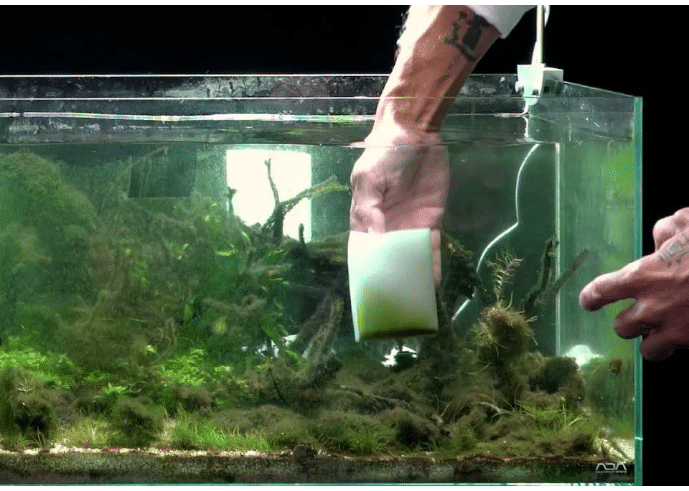
A magnetic cleaner is also a sensible purchase. This consists of two parts. One part is located on the inner side of the tank and removes the dirt from the aquarium glass by means of blades or steel wool. The other part is attached to the outside of the aquarium. Due to the magnetic effect, the inner part can be moved back and forth via the outer handle without having to reach into the aquarium. This makes it easy to clean the aquarium glass without scratching it. Of course, it is also important to make sure that no small stones or particles get between the two magnetic parts, because this also easily causes scratches in the glass of the pane.
Rod/blade cleaner from pet shops
The aquarium glass can also be perfectly cleaned with a rod cleaner or blade cleaner without any contact with the water. Rod cleaners are available in different variations and designs, but usually at the end of the rod is a blade attached with which you can easily clean the aquarium glass. Also here you have to make sure that there are no small stones or anything else caught between the blade and the glass to avoid scratches on the pane.
Cleaning aquarium glass: Just not with these tools.
It is better not to use some utensils to clean the aquarium glass. This may be due to the fact that they may contain chemicals that can be harmful for the aquarium inhabitants, but also because they pose a real danger to you during cleaning.
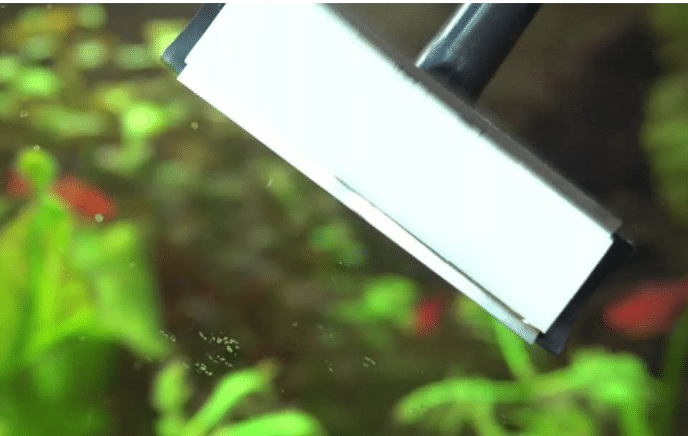
razor blade
With a commercial disposable razor you can clean the aquarium glass panes, so that even stubborn dirt can be removed. However, it is not recommended, as there is a very high risk of injury here. Once slipped off and you have already cut yourself badly, a mishap which has certainly already happened to one or the other aquarist. In addition, the blades may only be guided over the disc in the intended direction: if you move the razor sideways, unattractive scratches and holograms can quickly appear.
Cleaning sponge from the household
What you should absolutely avoid when cleaning aquarium glass is to use a commercially available cleaning sponge from the household. These are not designed for use in a closed ecosystem, such as an aquarium. They may also be contaminated with chemicals such as dishwashing detergents – in some cases before they have ever been used in the household. This means that cleaning sponges can release substances that are very harmful to the aquarium water and are also harmful to the inhabitants of the tank. In addition, excessive friction with a commercially available sponge can easily cause scratches to the disc. This is especially annoying in aquaristics, which is definitely characterized by aesthetics.
Aquarium Outside Clean glass
The outer pane does not get dirty as fast as the inside of the aquarium. Nevertheless, dirt, fingerprints, dust and, above all, limescale must be removed from the outer pane. In order to be able to clean the aquarium window, a commercially available window cleaner can be used. To clean the glass, simply spray a cloth with window cleaner on it and clean the aquarium windows with the cloth. Make sure that no windscreen cleaner gets into the pool. Not only do lime scale edges on the aquarium look very unattractive, they are also particularly stubborn and often cannot be removed with water and glass cleaner. With simple household remedies, however, you can quickly get rid of the annoying lime deposits: for example, soak a newspaper or something similar in vinegar and soak the calcified areas with it. If the lime has not yet been completely removed, the outer pane can be soaked with citric acid. Although these two agents are not as harmful as chemical cleaners, they must not get into the aquarium water.



